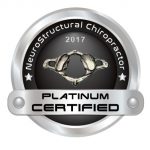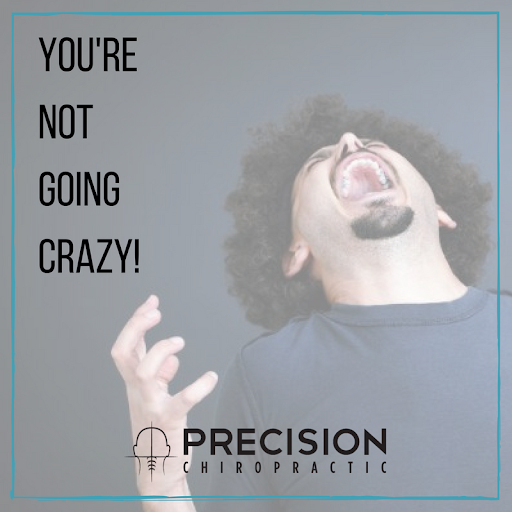


Do you ever wonder why there is a flu SEASON? Isn’t the flu virus around all year? Why is it more prevalent during certain months of the year than others?
Here are the four main reasons:
Here is the good news – you don’t have to resign yourself to accepting the cold and flu as an inevitability. It all depends on the health of your immune system. There are FLU-proof ways to protect your body.
Cross crawl refers to movements in which we use opposition such as crawling, walking, running, and swimming. Opposition means that opposite sides of the body work together to coordinate the right arm and left leg, then the left arm and right leg.
Therapeutically, cross crawl refers to any intentional cross-lateral activity in which you cross the mid-line of the body, such as touching opposite hand and knee or foot. Performing this movement builds the bridge between the right and left hemispheres of the brain, allowing for electrical impulses and information to pass freely between the two, which is essential for physical coordination as well as cerebral activities, such as learning language, reading, and hand-to-eye coordination.
As soon as we start to crawl, this cross-lateral pattern of movement stimulates more complex brain and nervous system development and integration. In addition to firing neural pathways in the right and left brain hemispheres simultaneously, a cross crawl movement stabilizes the pelvis while mobilizing the shoulders, reinforcing the walking-gait reflexes .
In short, any time you do cross crawl, you are re-integrating your brain and nervous system and re-organizing your mind-body connections . Because we are daily, hourly, being bombarded and impacted by multiple stimuli and tasks, practicing cross-crawl throughout the day is one of the best self-care activities you can do for yourself. This Valentine’s Day, love yourself and your family by building cross-crawl into your daily schedule. Think of it as a basic part of wellness, like drinking plenty of water. You will not only feel clearer, you will behave and perform better. Try it before homework, testing, or an important meeting, after anything stressful and between different kinds of activities. If you’ve been reading and it’s time to go play soccer – cross crawl. If you’re frustrated with a project – cross-crawl. You need to clear some cobwebs or recharge – cross crawl!
Through mind-body science, we now understand that physical coordination precedes cognitive coordination. The ability to do cross-lateral movements with the body literally lays the foundation for other cognitive abilities, such as readiness for fine motor academic work. Though it seems to be a fun, simple exercise, here’s what cross-crawl is doing for you physically and mentally:
Cross crawl also offers an effective way to reboot your nervous system and re-integrate mind and body. You can use it regularly to both discharge and recharge your attention and energy. It’s a great break from over- focusing and it works just as well to bring body and mind online. As a stress buster or a warm-up for doing your best, cross crawl has significant social-emotional benefits:
See below for examples of cross crawl exercises!
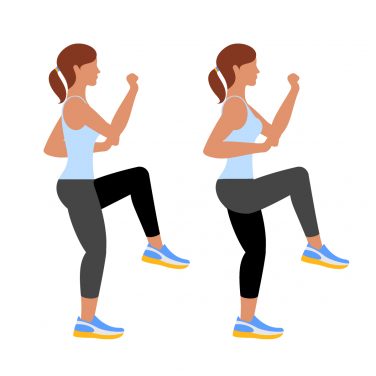
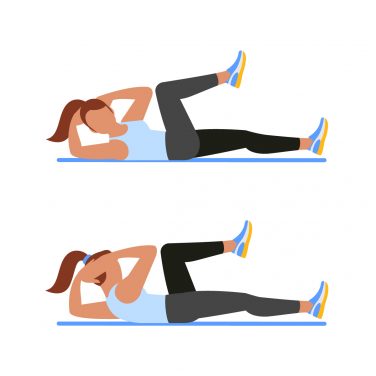

As 2018 is starting to unfold, many of us have made resolutions or set goals that will get us closer to achieving better health and quality of life. We know as well as everyone else does that these changes are sometimes hard-earned, but are always well worth the effort.
To help you along the way, we’d like to share a few items that have been game-changers when it comes to supporting a healthy lifestyle. If you’ve also taken steps in the NeuroStructural Chiropractic realm to improve your body’s ability to adapt and function, these recommendations will also help you to protect your structural alignment and get the maximum benefit from the investment you’ve made in bettering your health.
Some of our favorites:
Mattresses:
Shoes:
Water filters:
Supplements:
Cast-iron cookware:

Are your wires crossed?
Ever have the feeling that your body just isn’t working like it’s supposed to work for you? Maybe you can’t do the same things that you could do when you were younger. You look around and everyone else seems to be vibrant and healthy. What am I missing, you ask. What if I told you that your brain isn’t talking to your body correctly and that the wires that allow your brain to communicate are crossed?
These are all signs that your wires might be crossed. But what are these wires and how do they get crossed?
The wires that we are talking about involve the nerve fibers that are at the base of the brain that eventually become the spinal cord. These wires (nerves) regulate the involuntary nervous system which coordinates sleep/wake cycle of the brain, breathing, digestion, blood pressure, and sexual arousal (seriously!).
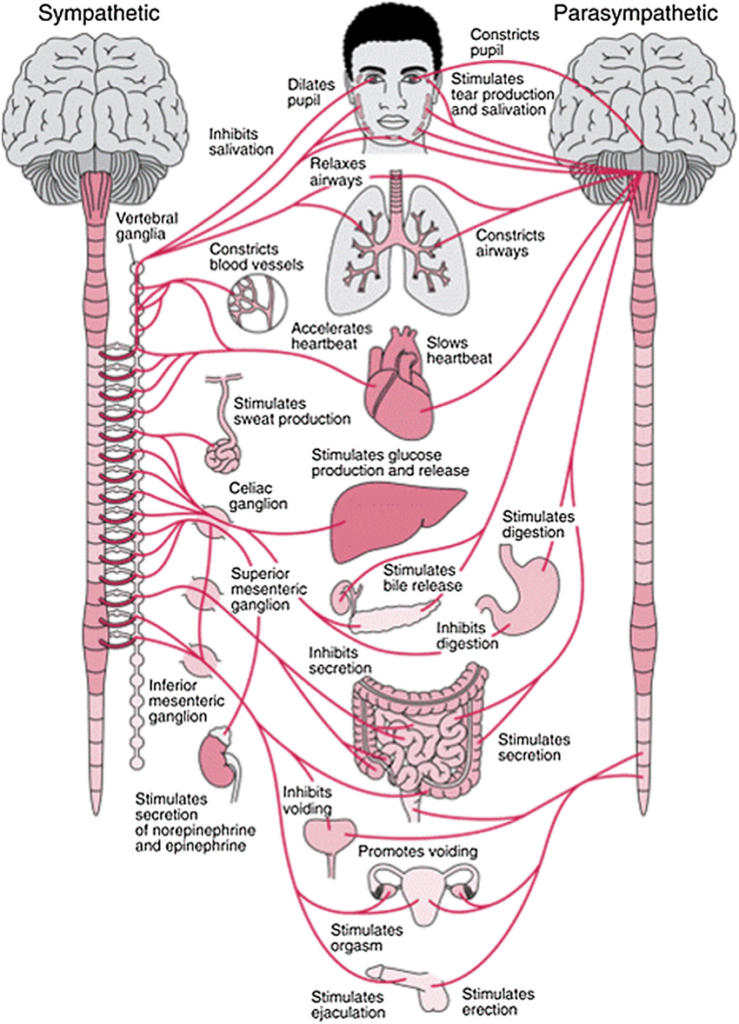
How do they get crossed? Unfortunately, the bones in your spine, especially the very top bone in your neck, can shift abnormally and cause mechanical stress on those wires. This prevents them from doing their jobs properly. In a healthy neck, the top bone protects those wires and allows your head to rotate and bend side to side. Car accidents and other traumatic events (see below), as well as micro traumas such as sitting at a desk for long periods of time, can cause misalignments of the bones that trip up those essential wires.

(Okay.. just one more I promise)

Do you want to feel younger or even just your age, instead of feeling older than you are? Feeling unhealthy and weak is not your final destination. Have your wiring checked to make sure your body is working at its best. This is an important first step. From there you can plan your healthy future and decide your next step to feeling your age or even younger! It’s really as simple as that.
Call our office for an complimentary consultation at 904.310.0064 or forward this post to your friends or family that may be suffering needlessly.
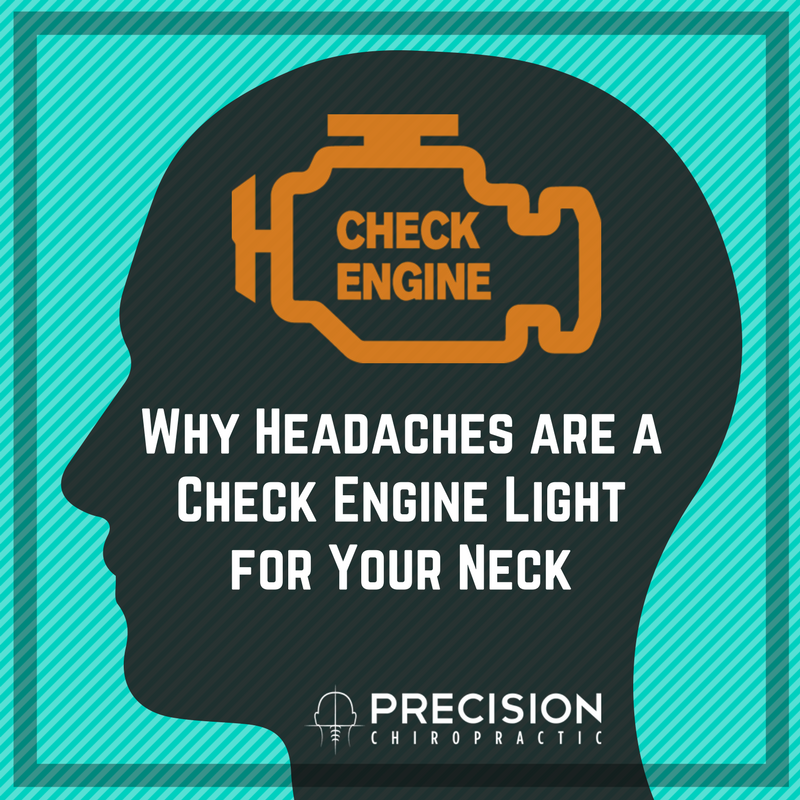
When you have a check engine light that is lighting up it usually means that something isn’t functioning the way it should. It’s a warning that something is wrong. It could be the oxygen sensor, a loose gas cap or the catalytic convertor. In your body, headaches are also a warning sign that there could be something wrong and one of the most common reasons could be an abnormal shift( a displaced vertebra) in the neck.
Most often when we are thinking about headaches we don’t consider how the neck may be the culprit. But consider the following, vertebras in our neck are designed to protect the important and equally vulnerable central nervous system. What would happen if that vertebra misaligns and compromises those nerve connections? Would it be reasonable that it could cause headaches? See the video below.
Furthermore, vertebras in the neck also protect the blood vessels that feed your brain via the vertebral artery ( see here for more). Keeping the vertebra in your neck properly aligned allows the brain to receive the oxygen it needs to function properly. The brain more so then any area in your body needs a high percentage of oxygen to work. Imagine if this blood flow was interrupted or compromised, could it lead to headaches? Yes, and in fact, this is the reason why in our office we have such a high percentage of successful headache cases.
If you are like me, when a check engine light turns on in my car, I usually try to ignore it. But eventually, you have to take you car in to correct the problem. Don’t put duct tape over your check engine light! Don’t get your mechanic to turn off the light for you! The problem will still be there! Come in for an complimentary consult, lets find out if we can find the underlying problem that your headaches are trying to warn you about.
Why wait and suffer any longer?
Schedule a consult here.
When people have dizziness as a complaint, it can be one of the most commonly misdiagnosed and mistreated conditions around. The challenge is that dizziness is a symptom that can be associated with lots of different conditions. Here’s a short list of conditions associated with dizziness:
Primary dizziness: Dizziness as a primary disease entity
Secondary dizziness: Dizziness as a result of another problem
On top of that, dizziness means something different to different people. Does your dizziness feel like spinning? Rocking? Feeling off balance? Light headedness? Sometimes the feeling of dizziness can be hard to describe because you just feel disoriented and lost in space.
All of these factors are important to help a doctor get the right diagnosis.
It means that a doctor has to take a good health history, perform the right bedside tests, and order the appropriate diagnostic testing to find out the cause of your dizziness. Without knowing what’s causing this feeling, then administering the right treatment can be a lucky guess at best, or make you more dizzy at worst.
It’s no wonder that people who have chronic vertigo and other balance issues often see their primary care doctor, neurologist, ENT, physical therapist, acupuncturist, and more looking for answers on how to get their world to stop moving.
Another challenge with dizziness patients is that medications don’t really do a good job of making the world stop moving. Many patients with chronic dizziness are placed on anti-depressants, anti-anxiety meds, and drugs for nausea. The problem with that is that the patient may not be as nauseated, but their brains are not responding to their environment appropriately.
Dizziness after spinning on a bat is easy to explain, but what if the world is spinning when you’re standing still?
Dizziness can also be treated by positional maneuvers like the Epley maneuver and head shaking exercises like gaze stability. Both are extremely effective when they are used appropriately, but can be useless if it’s performed on the wrong patient with the wrong diagnosis.
That’s why it’s so important to know what’s really going on with a patient. Many clinics will take any person with dizziness and just do some of these maneuvers even though the maneuvers may not be appropriate for the patient’s specific condition. In order to help a patient recover, we have to examine them closely to make sure that we have the right information to begin care.
Recently we had a patient come in with dizziness and had been seeing an ENT for treatment. She was having problems feeling off balance for a while and it was made with head turning sometimes. She wasn’t experiencing a spinning type sensation, but just a sense of feeling out of sorts.
The doctor diagnosed her with benign paroxysmal positional vertigo or BPPV. It’s arguably the most common form of vertigo and is usually easily treated with a positional maneuver called the Epley maneuver. The doctor performed Epley and gave her some alternative maneuvers that she could do at home whenever she felt dizzy.
The problem was that the maneuver wasn’t changing anything. She tried doing the maneuvers for several weeks with no change. When she followed up with the doctor, the doctor told her there wasn’t anything else he could do and that some cases don’t respond.
Fortunately the patient found her way to our office through a referral from one of our patients who got really great results with balance problems
BPPV usually causes a spinning sensation that is really short lived. In many cases, doctors can diagnose BPPV with a test called the Dix-Halpike maneuver. You can look at this test below. If you have BPPV your eyes will start moving making a fast oscillating movement called nystagmus.
It’s this nystagmus when the inner ear moves the eyes that creates a feeling of spinning.
When this patient came in, we did a thorough history and found out that her “vertigo” didn’t have any spinning at all. She just felt disoriented and off balance. We performed the Dix-Halpike test and she had her eyes stayed solid.
So now we knew that she probably didn’t have BPPV, and that’s why the Epley maneuver didn’t work that well for her. It was time to figure out what other anatomy might be causing her problem.
We did a test called the smooth pursuit neck torsion test. It’s a test developed from patients who had dizziness after whiplash. It’s an indicator that the neck might be causing the eyes to move abnormally. You can see that test here below. In patients with neck problems, the eyes will start jumping instead of staying smooth.
Now that we knew the neck could be a problem, we started addressing the neck using the NeuroStructural correction procedure.
Within 2 visits, the patient’s dizziness was about 80% gone. We have more work to do to help the neck heal, but with some time I think this patient will get back to normal.
So this isn’t an indictment on another professional. Lots of ENTs keep their focus on infections of the ear, nose, and throat. An ENT with a neurology background would probably have found the same thing and recommended physical therapy or chiropractic care.
The lesson here is that dizziness is complicated, and one treatment won’t solve all forms of dizziness. For any condition, we have to spend time with our patient, listen to their history, examine them thoroughly, and we can find a game plan to help them get back to normal.
( This blog was originally posted by my friend and colleague, Dr. Jon Chung at his website, he has given me permission to reproduce it here)
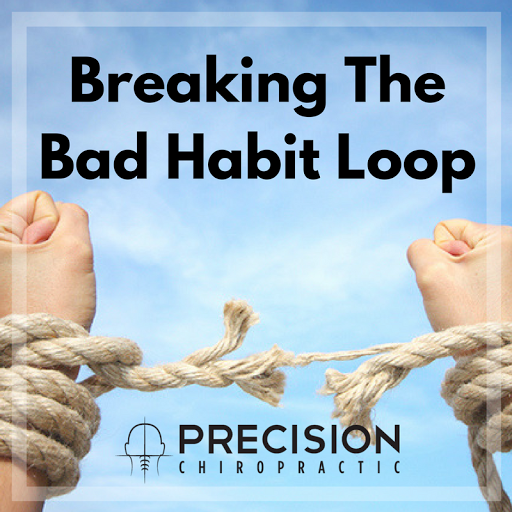
Last week, we talked about why change can be so hard. It’s difficult because it’s actually hard-wired into our neurology.
Does that mean we should give up on bettering ourselves? Abandon our goals shy of meeting them because it doesn’t seem like success is possible?
OF COURSE NOT! We are not prisoners of our habits.
Just because change is hard and most definitely uncomfortable, there are a few things you can do to make it a bit easier on yourself. Once you understand that neuroscience is behind the formation of habits, then it becomes possible to “hack” the system to create your desired outcome.
We all have habits we hope to change. We can start by becoming aware of them, consciously deciding to make a different choice about what we’ll do instead. Removing obstacles that make us stray off course and rewarding ourselves appropriately for our progress will help us stay focused on our goals. It’s not about making one huge leap, it’s a process of small, steady steps that will rewire our brains to change.
“Change is hard at the beginning, messy in the middle and gorgeous at the end.” – John Charles Polanyi
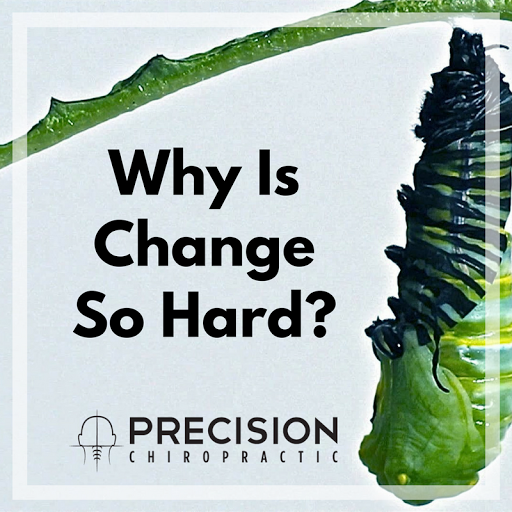
Why is change so hard?
Have you ever tried shed an old bad habit and failed? Maybe made a New Year’s resolution that you couldn’t keep?
Well it’s your brains fault.
Everything we do, feel or think is built into our neurology. Neurons in our brain communicate with each other via neurotransmitters and synapses that form an intricate network of trillions of synaptic connections. The connections form the circuits that literally wire habits in our brain.
The more often we think of something, or do something, or feel something, the connections get stronger. The adage, “ if you don’t use it you lose it” is true here but in reverse. When we do something over and over again, the stronger the neural connections. The busier regions of the brain will get more blood flow, the neural layers will thicken, and more neurons will grow.
“Neurons that fire together, wire together.” Donald Hebb
Like a busy path in the woods, the ground is worn from repetitive use. What happens when that path is forgotten? The path is covered and eventually returned to the forest.
This at first glance can be very sobering, but in this case, the obstacle is the way.
The same adaptability of the brain to develop these bad habits are the keys to unlocking the path to developing new connections and habits.
Next week we will talk about how to take the steps to reprogram our brains!
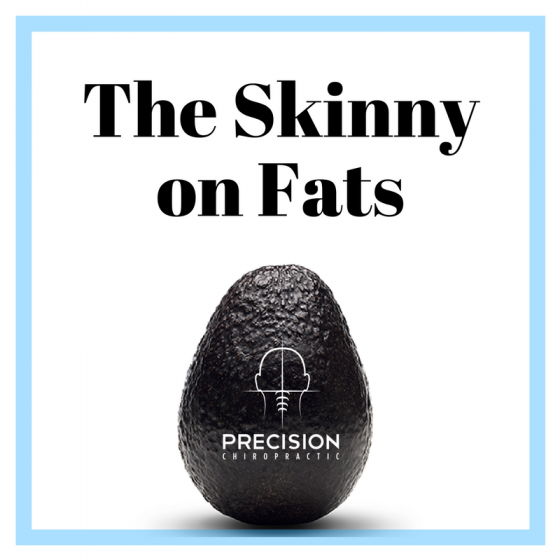
By now you have certainly heard of the folks raving about some of the latest trends in diets such as paleo, Whole30, ketogenic, pre-agricultural, primal eating. It seems that there is a war on bread and carbs, but is there any truth to it?
Let’s set some ground rules before we get too far in the weeds. The first thing you need to understand is that no diet will work for everyone due to something known as Bio-Chemical Individuality. Secondly, food in its simplest form is energy that comes in a variety of mediums, compositions, and flavors.
Carbohydrates aka carbs are regarded as the most common form of energy as they are metabolized by the body very quickly and are fast acting. Carbs encompass many types of food such as grains, sugars, fruits, legumes, starches and even alcohol. Proteins are made from chains of amino acids and come from plant and animal sources. Protein is typically meat but is also found in beans, nuts, and other plant sources. Fats are also known as lipids and come in many forms from animals, plants such as coconuts, and nuts.
So what is all the fuss over fat all of a sudden??!
Fat one of the most important roles in the body. Brain tissue is made up of almost entirely fat as well as something called Myelin that covers the majority of the brain, spinal cord and nerves in the body. Fat as a fuel source is much more efficient as it takes longer to be metabolized by the body and has more energy to be gained than carbs.
But isn’t fat really bad for you and increase the risk of heart disease??!!
Well, sort of. The quality of the fat is very important, research has proven that fats coming from grass fed cow sources are healthier than their traditional counter parts. (1) Spending the extra few bucks is actually worth it. In late 2016 some controversy over the food pyramid was discovered in the 1960’s related to fat and heart disease. According to The Journal of the American Medical Association (JAMA) found: “recent analyses of sugar industry documents, our findings suggest the industry sponsored a research program in the 1960s and 1970s that successfully cast doubt about the hazards of sucrose while promoting fat as the dietary culprit in CHD”. (2)
We will always advocate for giving the body what it needs to do its normal function, and making sure the spine is free of structural shifts that negatively affect the body by way of the brain and nervous system. So here is what we recommend:
1. https://nutritionj.biomedcentral.com/articles/10.1186/1475-2891-9-10
2. http://jamanetwork.com/journals/jamainternalmedicine/article-abstract/2548255
Instead of resolutions for this New Year consider picking a theme! Choosing a theme for the new year instead of … [Read More...]
Common vs. Normal My favorite part of the consultation process with a new patient is reviewing their questionnaire … [Read More...]
Precision Chiropractic
1699 S. 14th Street, Unit 18,
Fernandina Beach, FL 32034
904.310.0064 or send us an email
